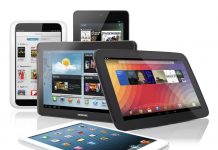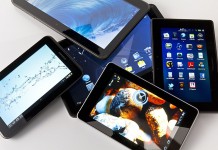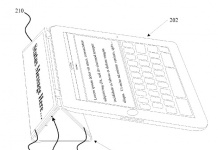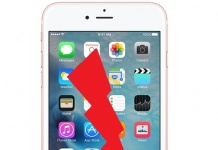Notre Dame ereader study
AMAZON
A sad tale of Amazon monetization: eReaderIQ and the affiliate program
Courtesy of the Kboards, a worrying item about struggling e-book sites and their ability to monetize engagement with Amazon - or not - has...


































The iPad will be tested first; other eReaders will follow.
More information about the study can be found in this article:
http://www.southbendtribune.com/article/20100827/THRIVE/100829623/1256/THRIVE
I would not be comfortable taking notes and an iPad without a physical QWERTY.
Moving into the future means moving out of our comfort zone. I write long business emails and documents every day on my iPad and quite a lot on my iPhone. My speed is excellent and accurate. A bit of practice and an open mind is all that is needed.
Moving into the future does not necessarily mean discomfort. That probably applies more to the over-30 crowd. 😉 But there’s still a market for physical QWERTYs and for good reason. It’s why I bought a Droid over other Android devices without physical keyboards and why Apple can charge a nice sum of money for a keyboard peripheral for the iPad. I type fast and I type while looking at what I’m typing, not while looking at the keyboard. Touch screen QWERTYs are difficult to use without looking at the QWERTY and I constantly find my eyes bouncing back and forth between the text and the “keys.” Word prediction works well up to a point, but it has limitations and I often find it frustrating. It’s easier to be faster and more accurate on a physical keyboard and when I’m taking notes in class, that’s what I want.
One of the issues here is the “lay” of the case or the array of the keyboard. Computers are still crippled with the legacy typewriter array intended to slow frequent English combinations such as ing or the. The Linotype keyboard was arranged to speed such frequencies with the most used letters in the first two vertical rows. An old Linotype compositor would approach twice the speed of a typist.
Good idea, Gary. If Apple is listening, then customizable keyboards, including a Linotype keyboard, might be in the iPad’s future.
This isn’t an ereader study. It’s an iPad study. Poorly worded title.
When are people going to get it that the iPad is a COMPUTER that, among other things, can be function as an ereader.
If this article addressed just the ereader capabilities, then the title would be accurate, but this video was about note taking, app writing and getting students ready for the digital job market.
I have nothing against iPads, I just wish they’d start identifying it correctly as a tablet computer. After all, I can read books on my laptop too; but that doesn’t make it an e-reader and I wouldn’t expect anyone to call it that in a study.
I think this is a great idea – as a recent graduate, learning via technologies like this is a great opportunity for these students. The iPad is a new breed of computer that soon-to-be grads will likely utilize in their future careers – learning it now will put them ahead of the curve. Great to see this happening here in Indiana as well!
Our handbags, travel bags and tech accessories (yes, including an iPad cover!) are manufactured right here in Indiana, so we are always glad to see other innovative ideas taking place in this great state. Way to go, Notre Dame – can’t wait to see how this turns out!
The side-debate regarding the Qwerty is interesting. One argument is based solely on discomfort in having to look at what your fingers are doing. In my generation (thirties) myself and a lot of my peers never learned to type… indeed that course was removed at the school that I attended in favor of Computer Familiarization. Such ‘hunt and peck’ typists may have the advantage here, as we always type looking back and forth; the switch to the virtual keyboard is not so great a transition. I suppose the ‘feeling’ would be strange and uncomfortable for a touch typist.